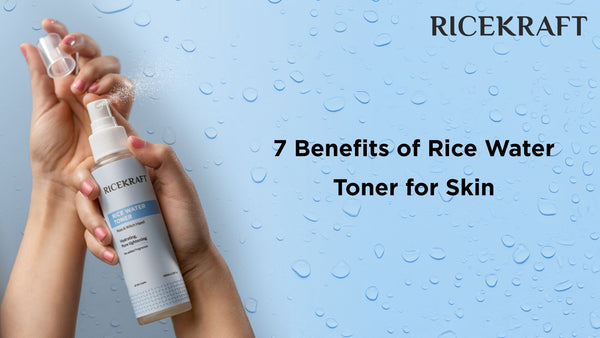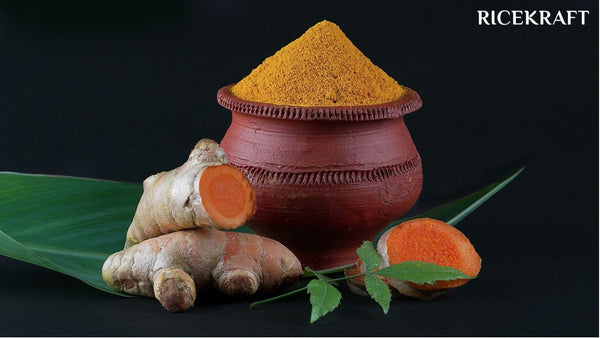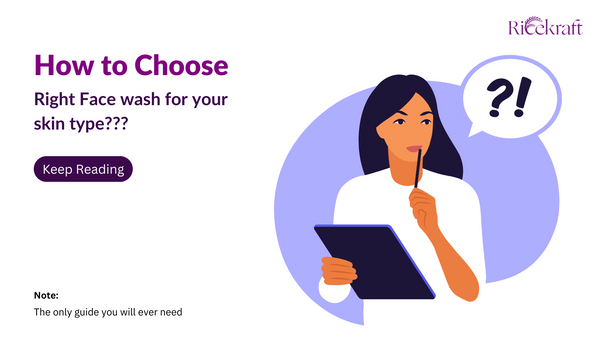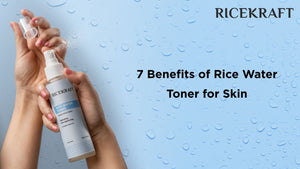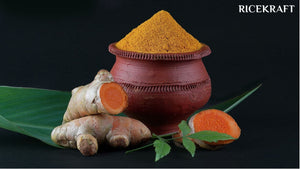Skin Tan: How To Remove Tan From Skin

Sunlight consists of a portion of the electromagnetic spectrum. Specifically, it contains the Infra-Red, Visible, and Ultra-Violet or UV wavelengths. However, what reaches us at the Earth’s Surface, is visible light. Earth’s atmosphere acts as a shield for us, absorbing or reflecting the Infrared and UV Radiations into space. Even so, with the Ozone layer's decay, UV radiations make their way through the atmosphere.
Whenever the skin is exposed to these UV radiations, our skin gets darkened or tanned. The term “tanning” has a cultural origin, arising from the color tan. Its origin lay in the Western culture of Europe when it became fashionable for young women to seek a less pale complexion.
Tanning as a Defensive Mechanism of Body
A healthy Skin Tan is a myth. It’s our body’s defense mechanism against UV radiation. The tanned skin reflects the visible sign of DNA damage to our skin. When you tan, skin pigment (melanin) rises to the surface of the skin; as a result, darkening your skin’s color.
Melanin is the chemical responsible for skin darkening or tanning. The skin releases melanin when exposed to UV radiation. Once released, it covers the skin cells to prevent any damage under the exposure of UV rays. The more the melanin is released, the darker our skin tone gets, enhancing the skin tan.
Effects of Skin Tan

Skin tanning happens when your skin gets darker after being exposed to the sun for too long. While many people like the look of a tan, it can lead to some harmful effects. The sun's UV rays can damage your skin in ways you may not notice right away. Over time, these effects can become serious and affect your skin’s health. Some common issues include painful sunburns, wrinkles and fine lines that make your skin look older, and an increased risk of skin cancer. It's important to know how tanning impacts your skin so you can protect yourself from these harmful effects.
Sunburn
One of the most common effects of tanning is sunburn. Prolonged exposure to sun can quickly escalate to sunburn. With excessive exposure to UV rays, skin cannot control the release of excess skin pigment (Melanin), which sometimes leads to Reddening of the skin, and even a fever, rash, and blisters.
Premature Aging
UV exposure can trigger hyperpigmentation and is also a primary cause of fine lines, wrinkles, and sagging. Moreover, UV exposure can cause dry skin, leading to premature aging.
Skin Cancer
One of the most serious effects of skin tanning is the risk of skin cancer. When you spend too much time in the sun, the UV rays damage your skin cells. Over time, this damage can lead to abnormal cell growth, which may turn into skin cancer. This type of cancer can appear as new growths or changes in existing moles. The more often you tan or get sunburned, the higher your chances of developing skin cancer. While using sunscreen and protective clothing can help, limiting sun exposure is the best way to reduce this risk and keep your skin healthy.
How to Remove Sun Tan

Removing a skin tan can help restore your natural skin tone after spending too much time in the sun. While a tan may fade on its own over time, there are simple ways to speed up the process. By using the right techniques and products, you can gently remove the tan and improve the look of your skin. It's important to follow safe methods, as harsh treatments can damage your skin. You can exfoliate to remove dead skin cells, take refreshing showers or baths, and use skin-lightening or D-tan products to even out your skin tone effectively..
Take A Shower Or Bath
Yeah, you heard that right! Just take a shower.
If a self-tan becomes streaky or there are lines of color, a shower, bath, or even a quick rinse with soap after applying the product can help even out the skin tone. Although it might not be the fastest method to remove a skin tan, it is the safest one to speed up the process.
Exfoliation
Gently exfoliating the skin will help remove pigmented dead skin cells from the outer layer of skin. This can reduce the appearance of the tan.
Skin Lightening or D-Tan Products
There are many products in the market that help speed up the detanning. Some of the most effective products might contain the following ingredients:
- Glycerone
- Fruit extracts
- Glycolic Acid
- Vitamin C
- Kojic Acid
You can also try Ricekraft’s D-Tan and Anti Pigmentation Face Pack X Scrub. It is carefully prepared with various natural ingredients like Rice extract, Coconut Oil, and Aloe Vera Leaf extract. It is a 2-in-1 product, providing the benefits of a face pack as well as a scrub.
Home Remedies for Removal of Skin Tan

Rice Flour & Milk
This face pack and a bodypack can bring back skin’s natural color to normal or remove uneven tan. Rice flour, along with Milk, is effective in cutting the extra tan and even sunburn. Further, the chocolate powder helps to nourish the skin and also removes signs of premature aging.
Method of Usage:
- Take rice flour, chocolate powder, and Milk in reasonable portions
- Mix up ingredients to form a consistent paste
- Apply and let sit for 15 minutes
- Rinse off and moisturize
Rice Flour & Aloe Vera
This is an exfoliating face pack that actively removes the dead skin cells and all the impurities that clog the pores and contributes to damaged and dull skin, removing tan skin. This face pack which comprises rice and aloe vera, works towards perking up the skin. Soothing the skin is done by Aloe vera, while rice controls excess oil and gets rid of blackheads and whiteheads, thus giving clear and brighter skin. Little research found that aloe vera might help suppress the release of melanin and reduce pigmentation.
Method of Usage:
- Take two tablespoons of aloe vera
- Take one tablespoon of rice flour
- Mix to form a thick paste
- Apply and let sit for 20 minutes
- Rinse off and moisturize
Baking Soda
Combining baking soda with water to make a paste is an effective way to remove excess tan buildup or streak from the skin. Gently scrub in a circular motion to reduce the appearance of streaking without irritating the skin.
Lemon Juice
Lemon juice helps in removing tan quickly because of its bleaching effect. Not only that, it helps moisturize the skin, and is rich in Vitamin C, providing a multitude of benefits to the skin.
Method of Usage:
- Add honey to fresh lemon juice and apply it to your skin.
- Let it stay for 30 minutes
- Rinse off and moisturize
- Add some sugar to the lemon juice and gently scrub the skin to slough off dead cells from the surface.
Turmeric
Turmeric has been used all over India for thousands of years; it is like a tradition for skin lightening. But yet turmeric is not proven to lighten the skin. One of the studies found that turmeric, when included with cream, might protect against sun damage and improve the skin’s hydration and natural protective oils.
Papaya & Honey
Papaya is found to impact your skin’s health positively, and the same can be said for honey. Many natural exfoliating products such as Papaya, papain is a protein-dissolving enzyme that helps shed dead skin cells. This, for sure, is key to removing an unwanted tan and starting the process of skin lightening from too much exposure to the sun. With the presence of vitamin C and lycopene in Papaya, it works against inflammation and oxidative damage, which helps in younger-looking and healthy skin.
Method of Usage:
- Mash the Papaya and honey with a fork until you smooth it into a satisfactory consistency for spreading all over the body.
- Once the mixture is done, apply over the tan skin you hope to lighten.
- Let it dry for about 20 minutes.
- Wash off with warm water and moisturize afterward for a smooth skin.
Conclusion
Tanning is a result of the release of melanin from the skin. This happens as a natural reaction from the body to protect itself when the skin is exposed to the UV Radiations. It is a temporary phenomenon and the skin reverts back to its original skin tone after some time. Even though it’s temporary, it can have lasting negative effects in the form of sunburns, premature aging, and skin cancer. Thus, it is best to avoid direct contact with sunlight or any other source of UV radiations.


